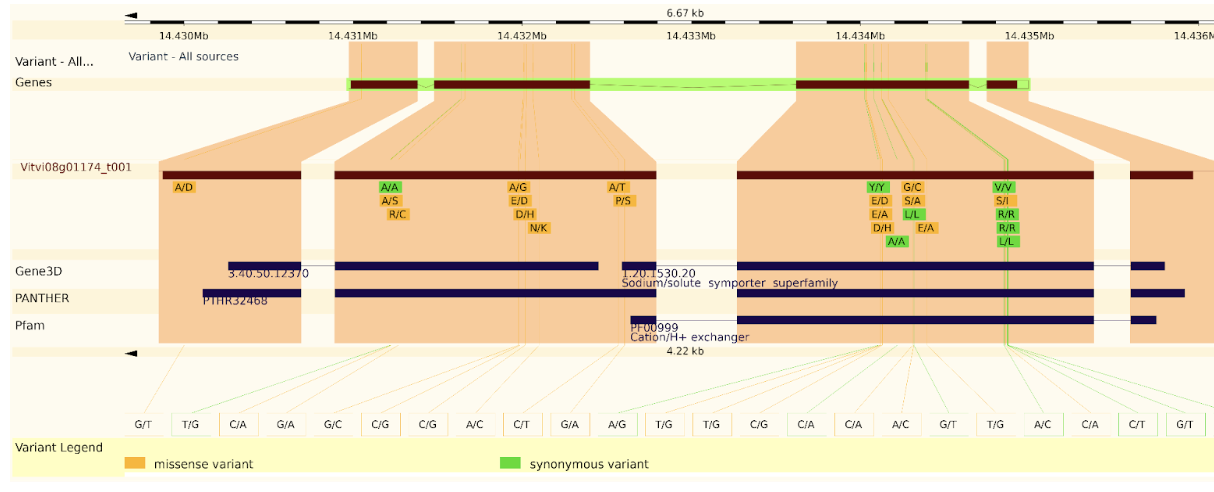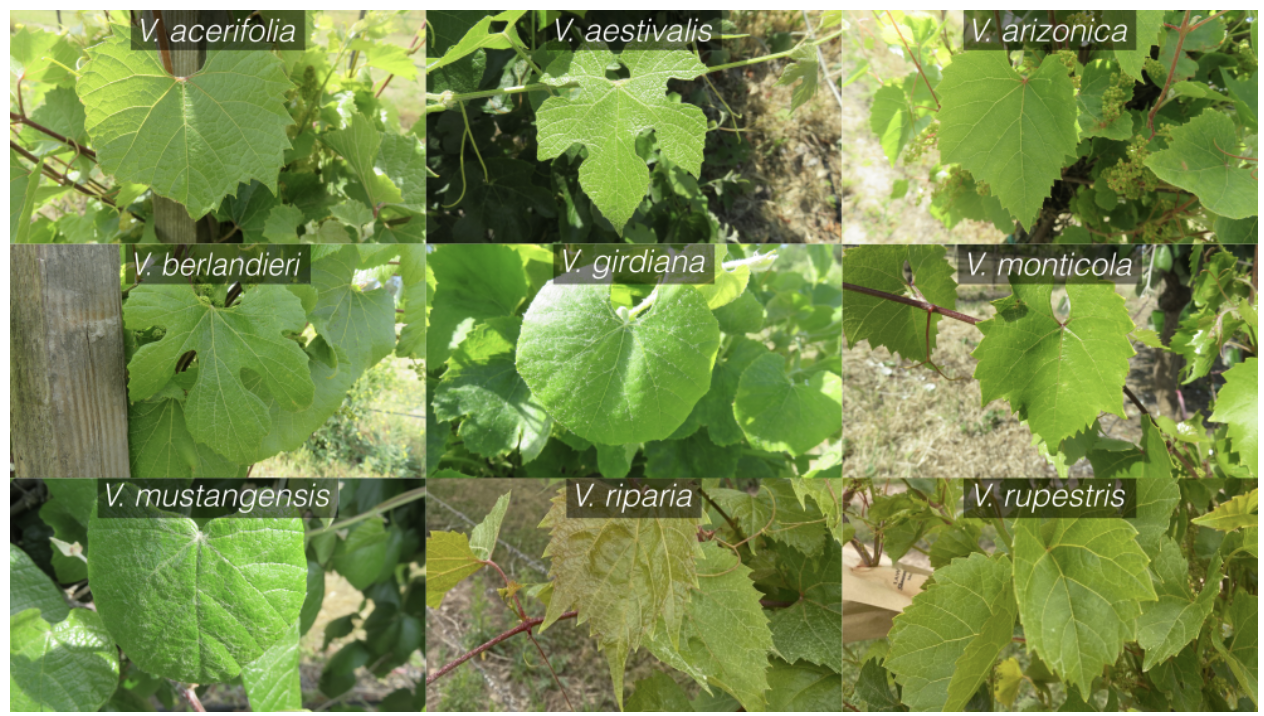Exploring the Genetic Landscape: North American Wild Grapes and the Super-Pangenome
Grapevine (Vitis vinifera) is a globally significant crop cultivated for various grape-based products like wine, raisins, and grape juice. Despite its economic importance, the productivity of V. vinifera has been threatened by susceptibility to biotic and abiotic stresses. To address this, grafting V. vinifera cultivars onto rootstocks from wild grape species has been a common practice. The Vitis genus comprises approximately 70 interfertile species, with North American wild species playing a crucial role due to their extensive genetic diversity and historical contribution to disease-resistant cultivars and rootstocks.
The geographical distribution of grape species in North America contributes to their diverse stress tolerance traits, making them valuable genetic resources for breeding programs. These wild grapes, being dioecious and interfertile, have evolved and adapted to various environmental conditions, exhibiting tolerance to stresses like salt and drought as well as resistance to bacterial and fungal diseases.
While several grape genomes have been sequenced, working with distinct references impedes a comprehensive understanding of the genetic architecture of the species or genus. Traditional reference genomes may fail to capture novel or highly divergent sequences within a species, leading to the development of pangenomes. Pangenomes offer a more comprehensive view of the genetic landscape, and super-pangenomes, encompassing genus-level diversity, further enhance the identification of rare genetic variations and adaptive traits.
Scientists from University of California Davis, University of Tennessee Health Science Center, Human Technopole, Cornell AgriTech, and University of California Irvine focused on constructing a reference-unbiased super-pangenome of North American wild grapes in the Vitis genus. The researchers sequenced and assembled phased diploid genomes from nine representative species, building a super-pangenome graph from all-vs-all chromosome alignments. This approach overcomes reference biases, providing nucleotide-level resolution to capture structural variations between distant species. The super-pangenome not only identifies and analyzes interspecific genetic variability but also contributes insights into salt tolerance through pangenome-wide association analysis (pan-GWAS). This research aims to leverage a deeper understanding of genetic diversity among North American wild grape species and provide valuable resources for ongoing crop improvement and evolutionary studies.
“This research marks a significant milestone in grapevine genetics and sets the stage for future progress in grape breeding.” – Dario Cantu
“Harnessing the power of pangenomics was essential to enable the exploration of the genetic diversity from the scale of individual genomes to population-level analyses across the genus.” – Noe Cochetel
Gramene examples:

Figure 1: Vitvi08g01174, which is known to be induced by salt treatment, SNPs were predicted to affect the amino acid composition of gene VITVgdSC2_v1.0.hap1.chr08.ver1.0.g144890.p01 in Vitis girdiana which could potentially have a significant impact on gene expression and protein activity.

Figure 1: Genetic variation for Vitvi08g01174 showing synonymous variants in the Gramene variation view.
Reference:
Cochetel N, Minio A, Guarracino A, Garcia JF, Figueroa-Balderas R, Massonnet M, Kasuga T, Londo JP, Garrison E, Gaut BS, Cantu D. A super-pangenome of the North American wild grape species. Genome Biol. 2023 Dec 19. doi.org/10.1186/s13059-023-03133-2. Read more
Related Project Websites:
-
Cantu lab at University of California, Davis: https://cantulab.github.io/
- Pangenome page on Grapegenomics.com: https://www.grapegenomics.com/pages/NA_Vitis_pangenome/

Image 1: Nine wild North American species were selected to represent the diversity of the Vitis genus in a super-pangenome. Photo credit Cantu Lab.
- aolson's blog
- Log in to post comments
